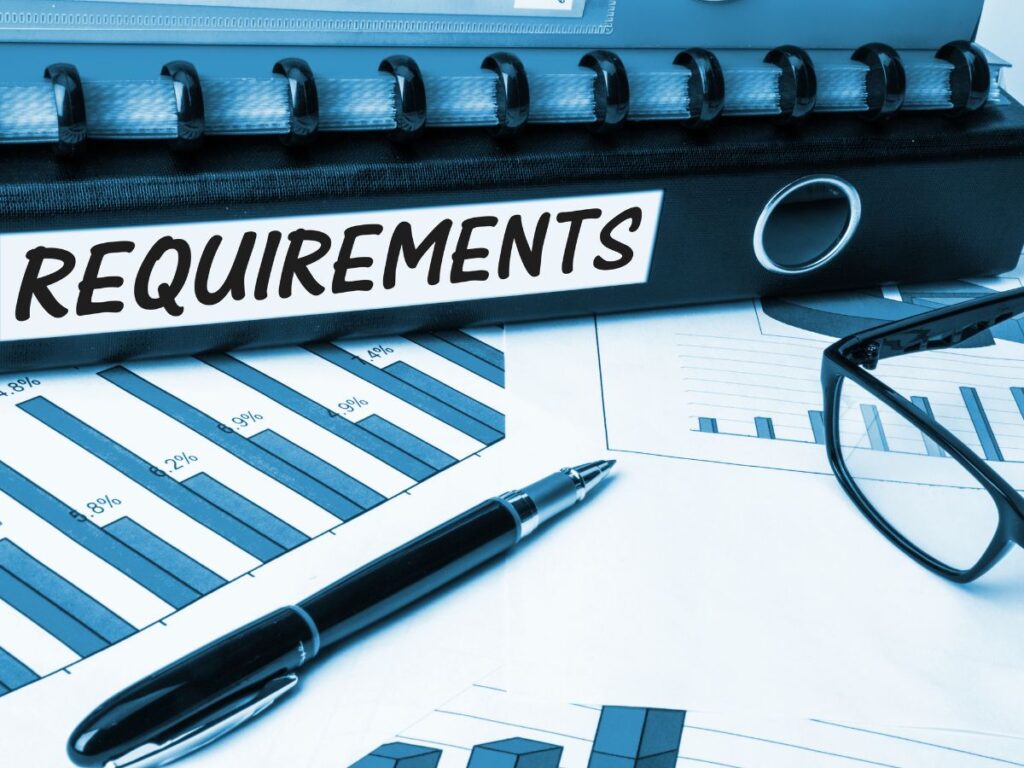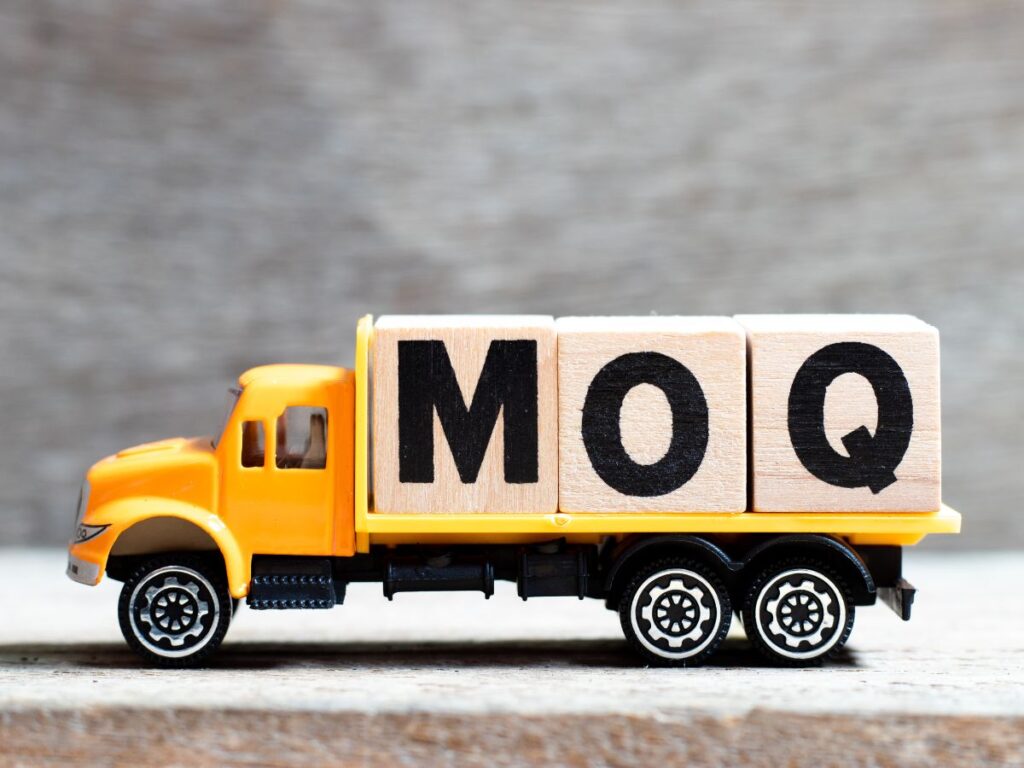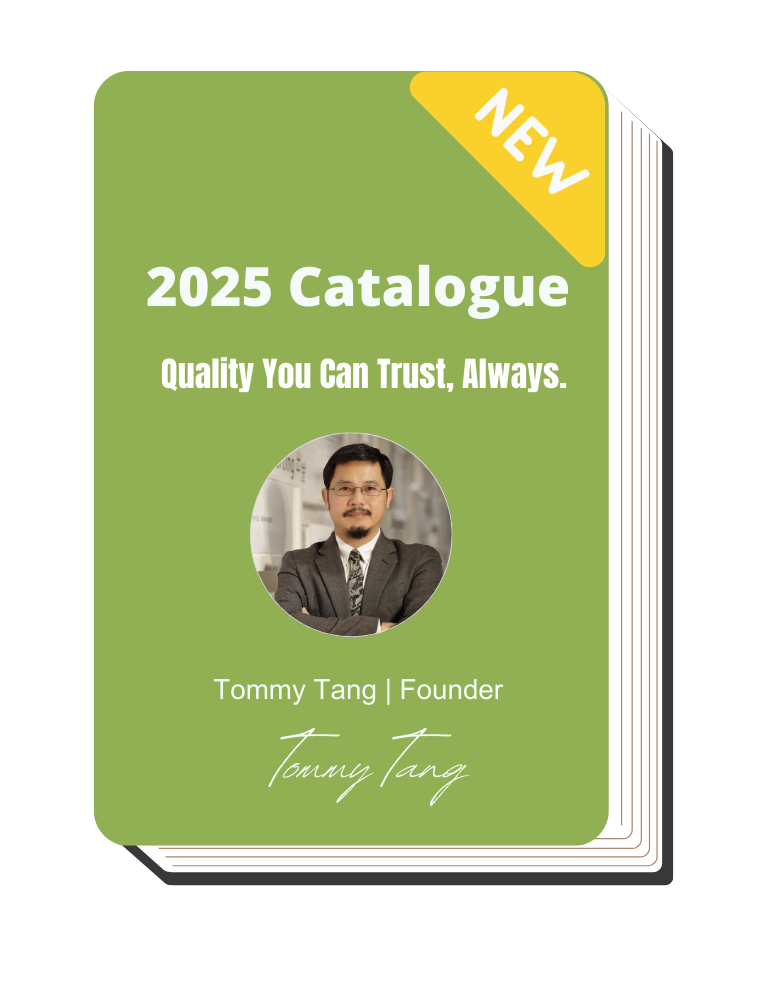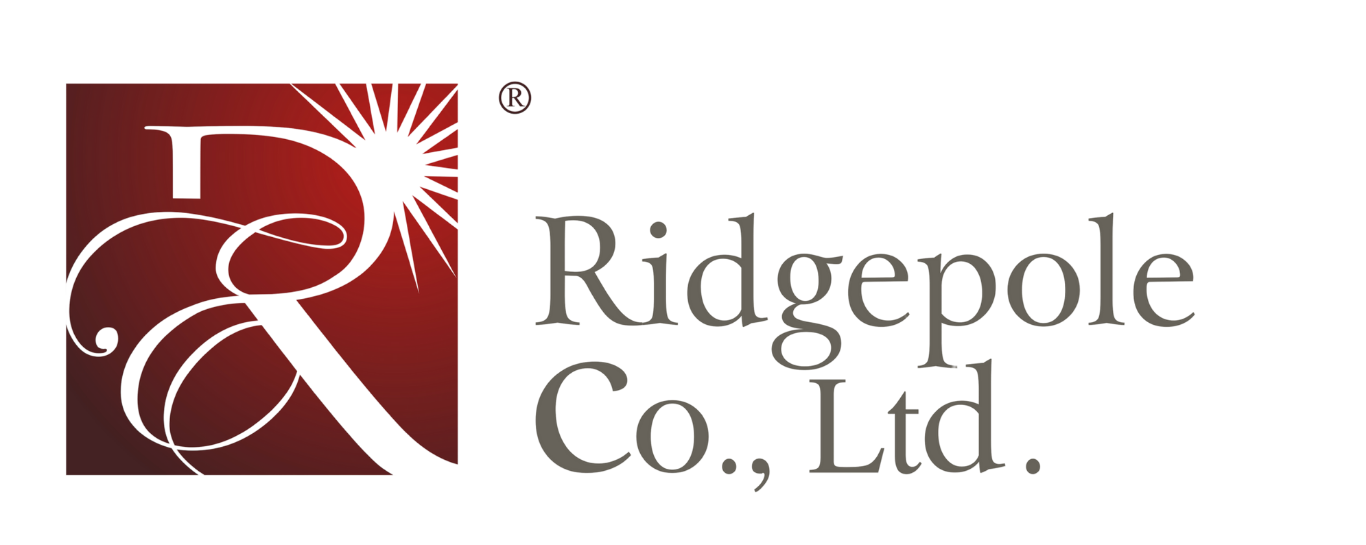How to Import Cosmetic From China

Author: Tommy Tang | Founder at Ridgepole
Hi, I'm Tommy Tang, here to share my expertise in skincare with you.
Table of Contents
I still remember the first time I tried to import cosmetics from China. I was super excited, but things quickly got confusing.
There were so many suppliers to choose from, lots of rules to follow, and surprise costs that popped up along the way. After a lot of mistakes, I finally figured it out.
What I learned is this: importing cosmetics isn’t as simple as just picking a product and placing an order. There’s a lot more to it.
I’ve been through the whole process myself, so I know what works and what doesn’t. This guide isn’t just about theories or guesses—it’s based on real experience.
By the end of this article, you’ll know how to find good-quality cosmetics, avoid common mistakes, and get your products delivered without any problems.
Let’s get started!
Step#1 Understand Import Regulations and Legal Requirements
Importing cosmetics from China involves following strict rules. If you ignore them, your shipment could be delayed, rejected, or fined. Understanding these rules helps you avoid legal trouble and protect your business.
Check Your Country’s Cosmetic Import Regulations
Every country has different rules for cosmetic imports. For example:
- United States: The FDA (Food and Drug Administration) regulates cosmetics. Products must be safe and properly labeled.
- European Union: Cosmetics must meet EU Regulation (EC) No 1223/2009, which includes safety assessments and proper labeling.
- Australia: Cosmetics must follow the NICNAS (National Industrial Chemicals Notification and Assessment Scheme).
Confirm Which Cosmetics Are Allowed
Some ingredients are banned or restricted in certain countries. For example:
- The EU bans over 1,300 ingredients in cosmetics.
- The U.S. bans only 11 ingredients, but labeling laws are strict.
Before importing, ask your supplier for a full ingredient list and cross-check it with your country’s approved list.
Learn About Cosmetic Product Labeling Rules
Your cosmetics must have proper labels to be sold legally. Most countries require:
- Product name and purpose (e.g., “Moisturizing Face Cream”)
- Ingredients list (INCI format) — INCI is an international standard for naming cosmetic ingredients.
- Net weight or volume
- Country of origin (e.g., Made in China)
- Batch number for tracking
- Expiration date or period-after-opening symbol (PAO)

Step#2 Find Reliable Suppliers in China
A reliable supplier can help you grow your business. The wrong one can cause delays, poor quality products, or financial loss. Finding a good supplier takes research and patience. Here are the most common places to search:
- Online Marketplaces:
- Alibaba.com: The largest platform for wholesale suppliers. Use the “Verified Supplier” filter to find trusted sellers.
- Global Sources: Focuses on suppliers for retailers and distributors.
- Made-in-China.com: A platform with many manufacturers offering direct factory prices.
- Trade Shows and Exhibitions:
- Canton Fair: China’s largest trade fair, held twice a year in Guangzhou.
- Cosmoprof Asia: A major beauty and cosmetics trade show.
- China Beauty Expo (CBE): Focuses on skincare and cosmetics suppliers.
- Sourcing Agents: If you are new to importing, a sourcing agent can help you find and verify suppliers. They also assist with price negotiation and quality checks.
Step#3 Negotiate Pricing, MOQ, and Payment Terms
Negotiating with suppliers can help you reduce costs and avoid unexpected fees. It also ensures you get fair payment terms and protects your business from risk. Focus on getting a clear price breakdown and secure payment methods.
Discuss Minimum Order Quantity (MOQ)
MOQ, or Minimum Order Quantity, is the smallest number of units a supplier will sell. It often varies by product type and customization level. For your first order, ask if the supplier offers a lower MOQ to test their quality.
Negotiate based on your budget and storage space. If needed, request smaller shipments or pay a higher unit price to reduce the MOQ.
Understand Pricing and Hidden Costs
Ask your supplier to list every cost, including:
- Product cost (per unit price)
- Packaging cost (e.g., custom boxes or labels)
- Sample fees (some suppliers refund this after your first order)
- Shipping cost (to your port or warehouse)
- Import duties and taxes (check with your customs broker)
Hidden fees can raise your costs quickly. Common charges include mold or tooling fees for custom packaging, which are usually one-time costs. Always confirm these fees upfront to avoid surprises.
Choose Safe Payment Methods
For Small Orders:
- PayPal: Offers buyer protection but may have high fees.
- Trade Assurance (Alibaba): Protects your payment if the supplier fails to deliver.
For Large Orders:
- Letter of Credit (L/C): A bank guarantees payment only when the supplier ships the goods. It’s safe but requires bank fees.
- Escrow Services: A third party holds the payment until you confirm delivery.

Step#4 Manage Quality Control and Product Safety
Poor-quality products can harm your brand and cause returns or refunds. Checking quality early protects your business. It’s best to inspect your products before they leave the factory. Here’s how it should be done:
- Set Clear Product Standards: Give your supplier detailed specifications. Include ingredients, packaging, and labeling rules. Be clear about safety standards for your market. A written agreement protects you if issues arise.
- Request Safety Certificates: Ask for a Certificate of Analysis (COA) and Material Safety Data Sheet (MSDS). These documents confirm the product is safe and meets local laws. Always verify them before shipping.
- Inspect Samples Before Production: Order product samples and review them carefully. Check the texture, scent, and packaging. Don’t approve production until you are satisfied. I’ve seen many businesses regret skipping this step.
- Hire a Third-Party Inspector: Use services like SGS, Intertek, or Bureau Veritas for factory inspections. They catch issues early, saving you time and money. It’s a small cost that prevents big problems.
- Do a Pre-Shipment Check: Before shipping, inspect a random sample from the order. Make sure everything matches your specifications. This step has saved my clients from costly returns.
Step#5 Arrange Shipping and Handle Customs Clearance
Shipping your cosmetics safely and on time requires careful planning. The right shipping method can reduce costs and avoid delays. Handling customs properly prevents your shipment from getting stuck. I’ve seen businesses lose money due to missing documents—so let’s cover everything you need.
Choose a Suitable Shipping Method
- Air Freight: Fast but costly. Best for small, urgent orders or high-value products like luxury skincare. I often recommend air freight for limited product launches where speed matters.
- Sea Freight: More affordable but slower. Ideal for large orders and bulk stock. It’s cost-effective for shipping pallets of cosmetic products but requires planning due to longer transit times.
- Courier Services (DHL, FedEx, UPS): Simple and quick for small shipments. Good for sending samples or small quantities. Though pricier than sea freight, it includes door-to-door delivery, saving you time.
Prepare Necessary Shipping Documents
Accurate shipping documents prevent customs delays. Make sure you have:
- Commercial Invoice: Lists product details, prices, and total value. Customs use it to assess duties and taxes. I’ve seen shipments held up simply due to missing invoice details.
- Packing List: Lists item quantities, weights, and package sizes. Helps custom officials check your shipment. Make sure it matches the invoice.
- Bill of Lading (B/L): Confirms the carrier has received your goods. For sea shipments, the B/L is also proof of ownership—you’ll need it to claim your products.
- Certificate of Origin (CO): States where your products were made. Some countries offer lower import taxes for goods from certain regions. Request it from your supplier early to avoid delays.
What’s the bottom line?
Work with a reliable freight forwarder or customs broker. They handle paperwork and taxes, saving you from costly errors. I’ve found that a good broker can solve customs issues before they become major delays.

Step#6 Comply with Post-Import Requirements
Importing your cosmetics is only half the job. You must meet your country’s rules before selling them. Missing a step could lead to fines or product recalls. I’ve seen businesses lose money because they ignored these requirements. Let’s cover everything you need to do.
- Register Your Cosmetics with Local Authorities
Many countries require cosmetic registration before selling. For example, the U.S. FDA has a Voluntary Cosmetic Registration Program (VCRP), while the EU requires products to be listed on the CPNP (Cosmetic Products Notification Portal). Submit your product information and ingredients. Registering early prevents sales delays.
- Proper Product Labeling
Labeling laws protect customers. Labels must include:
- Product name and function (e.g., “Hydrating Face Cream”)
- Ingredient list (INCI format)
- Net weight or volume
- Country of origin (“Made in China”)
- Batch number
- Expiration date or PAO symbol
- Get Safety Certifications and Test Reports
Some countries require safety documentation. For example, the EU requires a Cosmetic Product Safety Report (CPSR). The U.S. may require lab tests for certain claims, such as “hypoallergenic” or “dermatologist tested.” If your supplier provides test reports, verify they meet local standards.
- Pay Import Duties, Taxes, and Fees
You must settle any unpaid import fees before selling. This includes:
- Import duties based on your HS code
- Value-added tax (VAT) or Goods and Services Tax (GST)
- Customs clearance fees
- Maintain Batch Records for Traceability
Keep records for every shipment, including:
- Batch numbers
- Supplier details
- Test results
- Sales records
This is essential for tracking product issues or recalls. In my experience, good record-keeping protects your brand during audits or customer complaints.
Step#7 Build Long-Term Supplier Relationships
Strong relationships with your suppliers lead to better prices, faster service, and higher quality. Communicate clearly and regularly. Share your business goals and give feedback to help them meet your needs.
Pay on time and honor your agreements. Reliable buyers often get priority during busy seasons. I’ve seen trusted buyers secure stock when others faced delays.
Build trust by placing repeat orders and discussing long-term plans. Suppliers value consistent business and may offer better terms as your relationship grows. A strong partnership benefits both sides.
Conclusion
Looking back at my first attempt at importing cosmetics, I realize how much time, money, and stress I could have saved if I had the right guidance. But every mistake taught me something valuable, and now, I’ve turned those lessons into a system that works.
If you’ve made it this far, you now have a clear roadmap to import cosmetics from China without the costly trial and error. The right suppliers and smooth logistics are all within your reach.
That’s why partnering with a reliable manufacturer makes all the difference. Ridgepole, a trusted skincare manufacturer in China, can help you source high-quality products with ease.
Need expert guidance or have questions about your next import?
Contact us today and let’s make your business thrive.
More Guides and Tips to Explore
Want to see more? We’ve gathered additional product choices to give you even more variety:
Still haven’t found what you’re looking for? Don’t hesitate to contact us. We’re available around the clock to assist you.
Quick Quote
Own Your Private Label Cosmetic Line Is No Longer Difficult Here!





